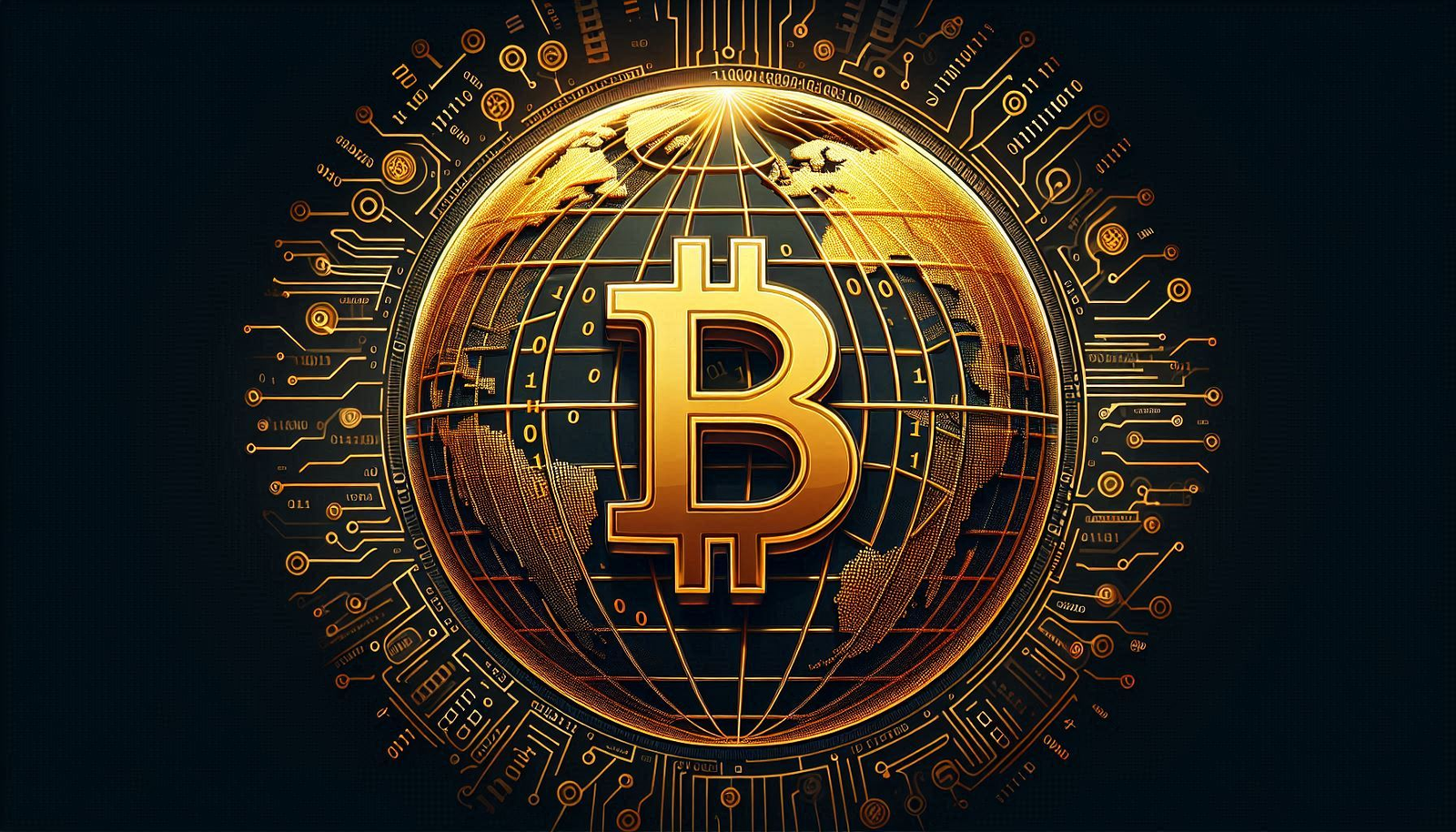The Fed is Set to Cut Rates for the First Time in 4 Years: What Does That Mean for Your Money? CBS News
The Fed is Set to Cut Rates for the First Time in 4 Years: What Does That Mean for Your Money?
CBS News reports that the Federal Reserve is poised to cut interest rates for the first time in four years, a move that has significant implications for consumers, businesses, and the broader economy. But what does this mean for your money?
Understanding the Rate Cut
Interest rates are a powerful tool used by the Federal Reserve to manage the economy. By lowering rates, the Fed makes borrowing cheaper, which can stimulate spending and investment. This move can be particularly impactful during times of economic uncertainty or slowdown.
Impact on Loans and Mortgages
One of the most direct effects of a rate cut is on loans and mortgages. When the Fed lowers rates, the interest rates on various loans tend to follow suit. This means that consumers may see lower rates on everything from credit card debt to car loans and home mortgages. For homeowners with adjustable-rate mortgages, a Fed rate cut could result in lower monthly payments. Prospective homebuyers might find this an opportune time to lock in lower rates, making it more affordable to purchase a home.
Savings and Investments
While borrowers might benefit from lower rates, savers could see reduced returns on savings accounts, certificates of deposit (CDs), and other fixed-income investments. Lower interest rates generally mean lower yields on these products, which could impact those who rely on interest income. Investors may need to consider adjusting their strategies, possibly looking into stocks or other investment vehicles that might offer higher returns.
Stock Market Reaction
Historically, stock markets often react positively to rate cuts, as lower borrowing costs can boost corporate profits and economic activity. However, the reaction can vary depending on the context of the rate cut. If the cut is seen as a proactive measure to sustain economic growth, markets may rally. Conversely, if it’s interpreted as a response to economic trouble, investor sentiment might be more cautious.
Consumer Spending
Lower interest rates can also encourage consumer spending, as cheaper credit can lead to increased purchases of big-ticket items like cars and appliances. This boost in consumer spending can help drive economic growth, creating a positive feedback loop that benefits businesses and workers alike.
Global Implications
The Fed’s decision to cut rates can have ripple effects across the global economy. Lower U.S. rates can weaken the dollar, making American exports more competitive abroad. This can benefit U.S. manufacturers and exporters but may pose challenges for foreign economies dependent on strong currencies.
Long-Term Considerations
While a rate cut can provide short-term economic stimulus, it’s essential to consider the long-term implications. Persistently low rates can encourage excessive borrowing, potentially leading to asset bubbles. Additionally, with rates already at historically low levels, the Fed has limited room to maneuver in the event of a more severe economic downturn.
Conclusion
The Federal Reserve’s decision to cut interest rates for the first time in four years is a significant development with widespread implications. For consumers, this move could mean cheaper loans and mortgages but lower returns on savings. Investors might see a positive impact on stock markets, while increased consumer spending could help drive economic growth. However, it’s crucial to remain mindful of the long-term implications and potential risks associated with prolonged low interest rates.
By understanding these dynamics, you can better navigate the financial landscape and make informed decisions about your money in response to the Fed’s actions.


